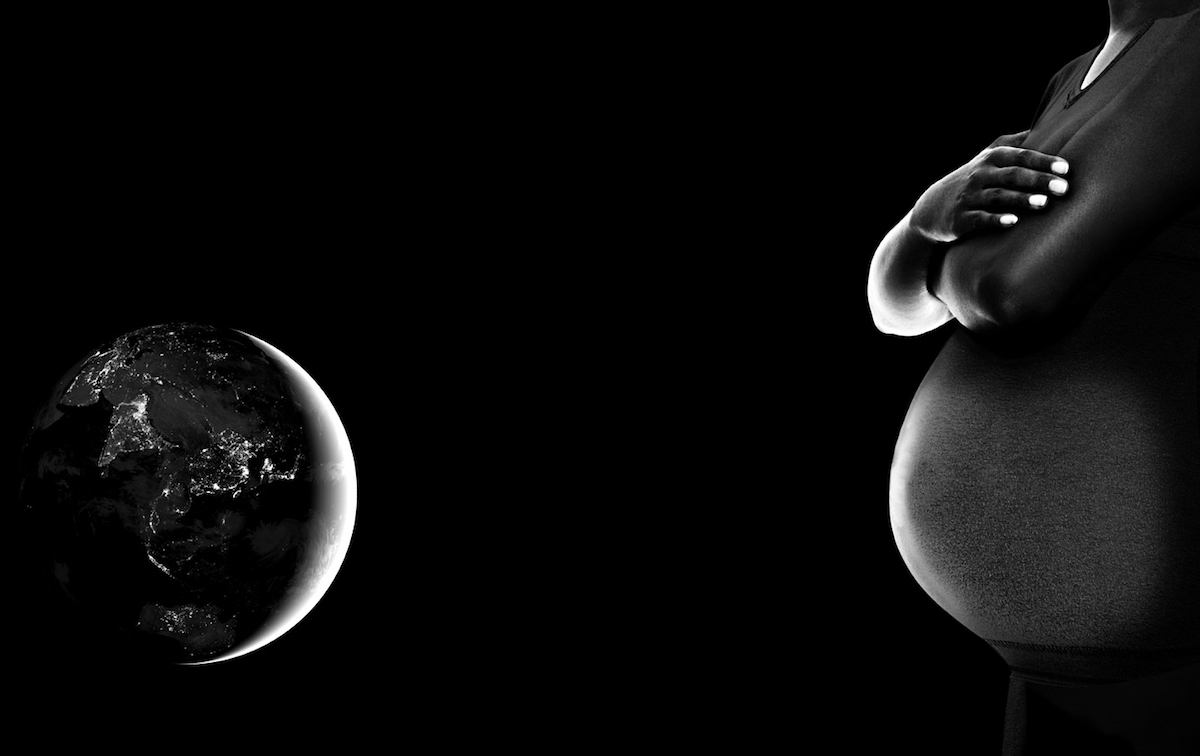
Why NOT Have a Baby?
How often does this question come up in conversations among young adult women?
How Do You Decide to Have a Baby When Climate Change Is Remaking Life on Earth?
Then answer is, “not often enough!” So Madeline Ostrander’s commentary published in this week’s edition of The Nation earns a spot on our Wall of Fame for being bold enough to explore what ought to be an obvious and common question.
“Any child born now could, by midlife, see massive storms inundate coastal cities and the Great Plains turn to dust. Could I have one, knowing I might not be able to keep her safe?”
Ostrander nicely acknowledges one of the things that keep our population growing in spite of overwhelming evidence that human numbers exceed the carrying capacity of the planet.
“I had never been jealous of any woman for carrying what looked like an uncomfortable load, or for what would come next: the messy, exhausting job of mothering an infant. Something unfamiliar had come over me.”
As a man, I appreciate this glimpse into the instincts and emotions of a woman reconsidering childbirth. In this piece, Madeline Ostrander ponders the conflict between motherhood instincts and scientific truths that go beyond inconvenient:
“According to scientists’ predictions, if society keeps pumping out carbon dioxide at current rates, any child born now could, by midlife, watch Superstorm Sandy–size disasters regularly inundate New York City. She could see the wheat fields of the Great Plains turn to dust and parts of California gripped by decades of drought. She may see world food prices soar and water in the American West become even scarcer. By 2050, when still in her 30s, she could witness global wars waged over food and land.”
She gives hope with the positive news that some women of childbearing age do think about this, then a split-second later dashes that hope:
“It does make me wonder if maybe I shouldn’t have kids,’ one of my friends whispered to me. A year later, she was pregnant. What had changed her mind?”
I’m not crazy about Ostrander’s paragraphs about what dashed the prominence of overpopulation concerns during the 1970s. Her account is itself an example of why it’s not an easy topic to tackle. Assumptions are made about intentions and motivations I don’t think applied quite as widely as portrayed here. These kinds of suspicions are responsible for all but killing the sustainable population movement that sprang up in the 1970s.
While climate change is certainly one very good reason to think twice about starting a family, there are other reasons equally as compelling – fresh water scarcity, peak oil, fertile soil depletion, fisheries collapse and toxification of water, air, soil, and our own bodies. These are not mentioned by Ostrander, but are good reasons to think four or five times before bringing another life into the world.
Do read the full piece over at The Nation. You’ll learn about the very noteworthy Conceivable Future project, and you will appreciate Ostrander’s heart and skill. The writing just gets better and better.
If you appreciate this kind of analysis of the stories we’re telling ourselves through the media, please consider a small tip – to say, “Thanks, please keep it up,” and help us cover the expenses of this non-profit project.
Tags: climate change, family planning, family size, overpopulation, population growth
Trackback from your site.
Brian Sanderson
| #
I like your analysis Dave. Right on!
I must say that I have a great gap in my knowledge/understanding about what happened in the 1970s. If it was as Madeline Ostrander portrays then I’d have to point out that most people who are concerned about population have well and truly “moved on” since then.
To your list of things that population growth diminishes, I’d add: freedom and dignity.
Isaac Asimov said it:
https://www.youtube.com/watch?v=d1ZX-x7sySI
Paul Colinvaux (Fates of Nations) also points out that freedom is a victim of continued population growth.
Reply